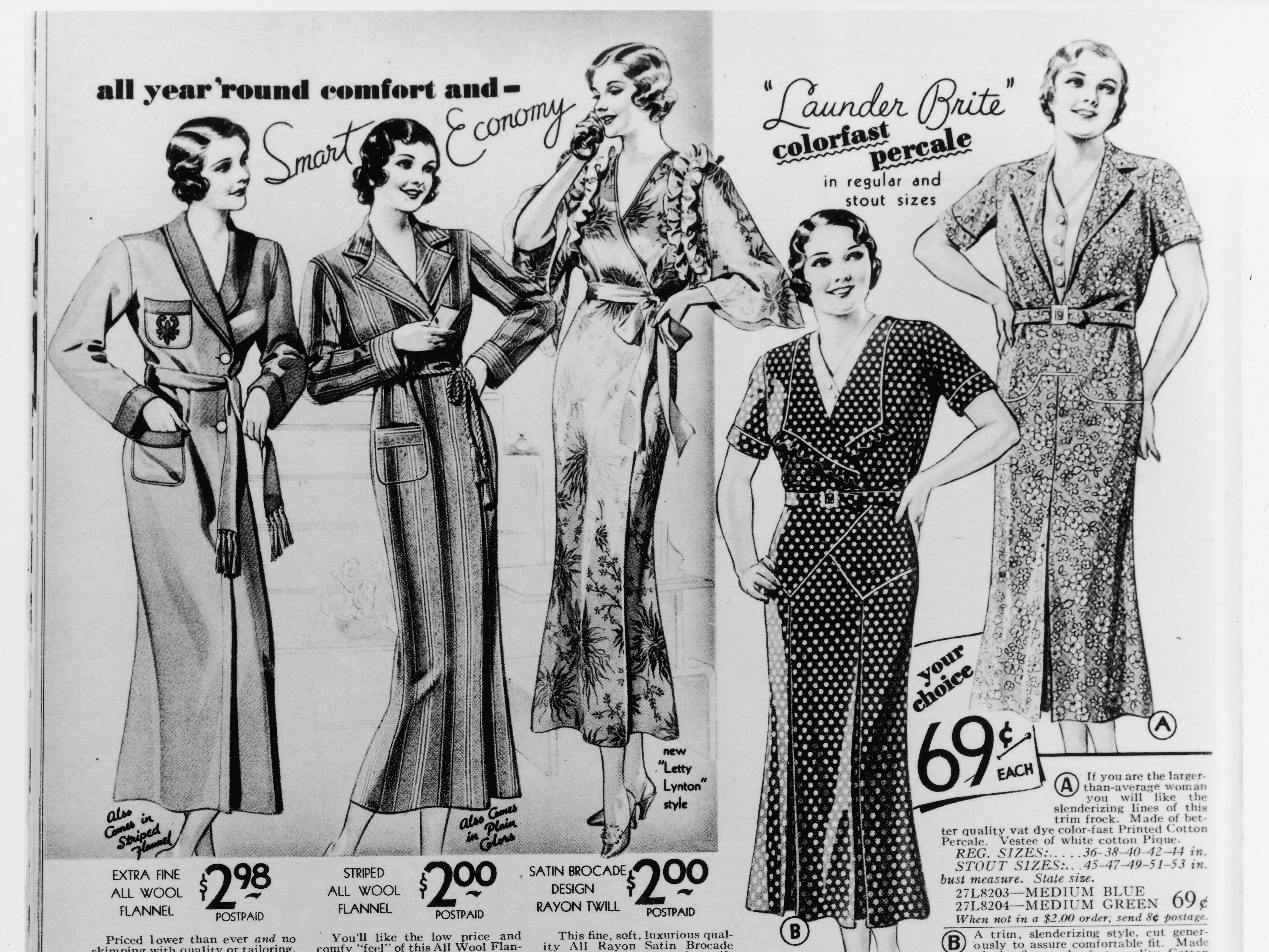- Shopping catalogs were a popular way to buy goods and have them shipped directly to your home in the 20th century.
- At the forefront of the mail-order industry was Richard Sears with his now-famous Sears catalog.
- The Sears catalog sold women’s hats, suits, underwear, musical instruments, paint, and even Christmas gifts.
- Visit INSIDER’s homepage for more stories.
These days, many turn to Amazon when they need to make a simple purchase.
While Amazon is a relatively new business changing the way we consume products, the model itself isn’t necessarily new. People have been buying and shipping merchandise to their homes for decades. Instead of scrolling through products on a website, they would flip through the pages of a hefty shopping catalog.
At the forefront of this industry was the Sears catalog that would often be several pages long, offering a wide array of merchandise to choose from.
From musical instruments to men’s underwear, this is what the pages of the famous Sears catalog looked like throughout the 20th century.
Although Benjamin Franklin invented the mail-order business in America in 1744, it wasn't until the first Montgomery Ward catalog was published in 1872 that the mail-order industry really took off.

The mail-order business in American started with the Founding Fathers. George Washington and Thomas Jefferson often bought wine and furniture through catalogs, and Benjamin Franklin created the first book catalog in the states.
It wasn't until Aaron Montgomery Ward created his catalog company in 1872, though, that the industry really boomed. The Montgomery Ward & Co. catalog quickly became popular among consumers all across the country, sparking many to follow in Ward's footsteps.
Richard Sears was one of the people who followed Ward's success when he created the first Sears, Roebuck & Co. catalog in 1888, selling just watches and jewelry.

Richard Sears illustrated the cover himself and wrote some famous slogans including "Book of Bargains: A Money Saver for Everyone" and the "Cheapest Supply House on Earth."
By 1894, Sears expanded the book to offer a wide range of merchandise.

Sears' main goal was to ensure every customer would come back. In fact, he included the words "We Can't Afford to Lose a Customer" on the front page of several catalogs. In 1903, one catalog even read, "Your money back if you are not satisfied." This mission led Sears to offer a more diverse selection of goods that appealed to a broader audience.
The catalog grew to sell women's clothing, like these "ladies' and misses' underskirts."

"The newest creations ... copies of high-priced silk skirts made of durable and finest fabrics ... while our prices are very low, the qualities are not surpassed," the catalog reads here, selling underskirts for as low as $1.18.
Women even had the choice to buy their hats through the Sears catalog.

The exquisite hats ranged from $2.68 to $3.69 and came in a variety of styles to fit every woman.
The fashion offerings in the catalog changed with the times, updating the outdated skirts and hats to fashionable suits for women.

"Wear them two ways; with or without a blouse," the Sears catalog reads here. "Get more than your money's worth in every one."
Sears also offered men's clothing like this "summer underwear" for all body types.

This catalog page is selling "extra fine quality genuine French" underwear for just 50 cents, describing it as "lightweight and soft as silk."
The catalog even sold specialty sporting goods and outfits.

At the time, you could also buy furniture, bicycles, and eyeglasses through the catalog.
As if all that wasn't enough, musical instruments were also for sale in the catalogs, like this Columbia Graphophone Grand.

The Columbia Graphophone Grand, a talking machine, was for sale for $69.95. The catalog described the machine as "the greatest, the loudest, the most complete and perfect talking machine ever assembled."
To entice customers all year long, Richard Sears also created a fall and spring catalog.

Sears also published specialty catalogs which focused on photography and art supplies.
Sears even published its first Christmas-focused catalog in 1933, calling it the "Wish Book."

The "Wish Book" grew to be over 700 pages, selling toy cars, fruitcakes, train sets, chocolates, and even wine-making kits. The company tried to resurrect the "Wish Book" in 2017, but it was a flop, and the company discontinued it altogether.
In 1897, Sears published its first color section, selling shoes in multiple colors.

Sears continued to experiment with colors in the catalog, printing colored and textured wallpaper samples in the book in 1905 and paint samples in 1908.
Many say the Sears catalog was an accurate and historical record of fashion, design, and American taste.

At its peak, the Sears company received 75,000 mail order requests a day and was servicing over 6 million customers in the US.
- Read more:
- 17 vintage photos from the heyday of drive-in movie theaters
- Rare color photos taken back in the day that show how much life has changed
- Target has been open since 1902. Here's what the retail store used to look like.
- 20 vintage photos of products that show how far we've come in the last 100 years

